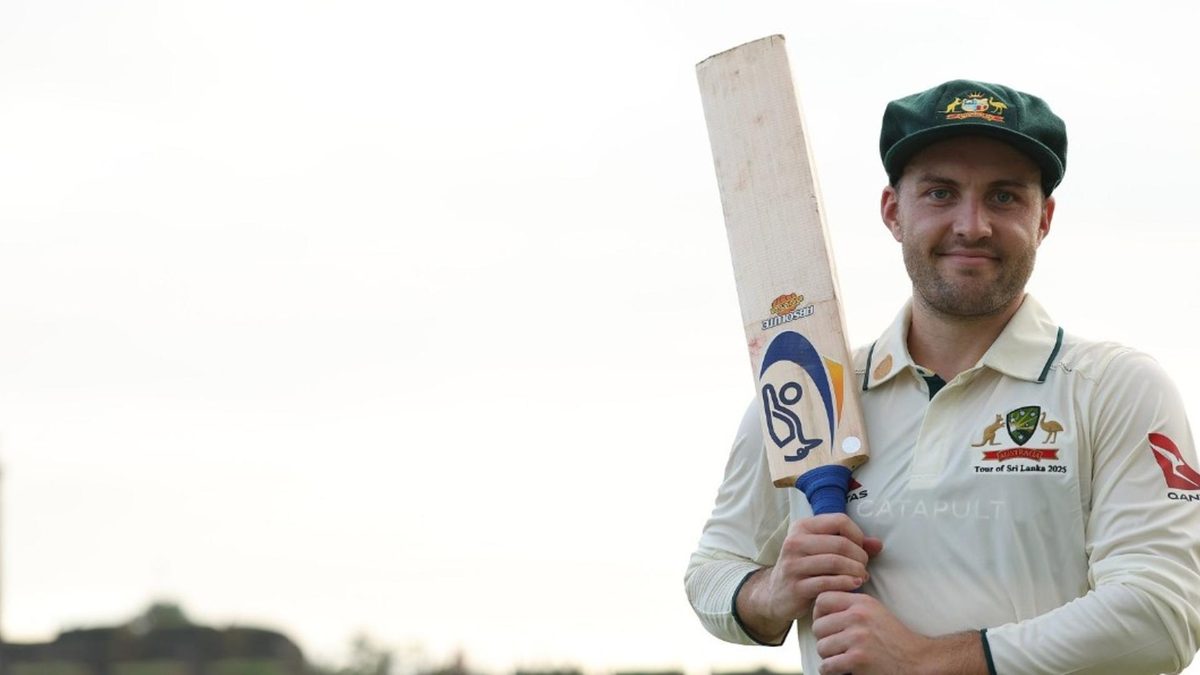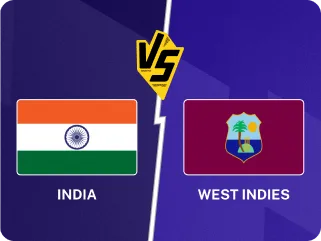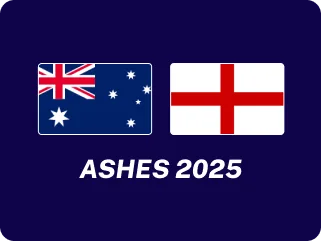
Within six months, Josh Inglis has gone from a dream Test debut to being dropped from the Australia XI twice. Aadya Sharma looks at his strange career so far.
Back in 2021, when Tim Paine found himself in the middle of a sexting scandal, Shane Warne put his vote firmly behind Josh Inglis as his Test wicketkeeping successor.
“Bang, get him in,” Warne said, praising his “silky smooth hands behind the stumps”, his 360-degree play and the fact that he is a “great team man”.
Inglis was yet to play for Australia in any format back then. The white-ball call-up came just months later, but for a Test debut, it took him four more years.
Now, three Tests in, he has been dropped twice.
Early in the year, in Galle, Inglis was handed a Test cap at the expense of the 19-year-old Sam Konstas. The keeping gloves still stayed with Alex Carey – who actually became Paine’s successor – reflecting how highly Australia rate Inglis’ batting.
Dubbed “a right-handed David Warner” by New South Wales coach Greg Shipperd, Inglis waltzed his way to a 90-ball century, the second-fastest ever by a Test debutant. A couple of months ago, he had sat through a five-Test series, his maiden call-up, watching Australia pierce through India.
He made a duck in his only innings in the next Test, and with Green back fit for the World Test Championship final, it was Inglis who missed out. When Steve Smith injured his finger in that game, Inglis got the call to bat at No.4, before being left out when Smith recovered.
Where does Inglis fit in Australia’s XI?
Inglis’ whirlwind knock came at No.5, the follow-up duck at No.6, and the other two innings at four: unsurprising, given how Australia’s lineup is navigating through a flux, and his status as a stop-gap. National selector George Bailey even believes Inglis can be an opener, insisting it wasn’t a specialised role and can change based on conditions.
Interestingly, Inglis hasn’t opened yet in first-class cricket.
"In certain conditions, there's opportunities at different times that guys could do it,” Bailey had said ahead of the WTC final, “whether that's England for Josh, or whether it's in that middle order, where he's had success already."
Why is Inglis rated so highly?
Inglis might be a rookie in whites so far, but he’s already built a sizeable white-ball reputation. He’s hit two T20I hundreds, and strikes at 157. An ODI World Cup winner, he’s led Australia in the format too. With a 20-innings cutoff, only Glenn Maxwell has a better ODI strike-rate for Australia.
With three 400-plus-run seasons in the BBL, a highly successful Blast season in 2021 (two centuries, strike-rate 176) and gigs in the Hundred and MLC, Inglis could well have been a short-format specialist. An IPL contract, too, came about this year.
But Inglis’ Test foray has been backed by his red-ball credentials: in the last Sheffield Shield, he averaged 78 from six innings, hitting two centuries. The strike-rate stood out – 78.06. Among those with more runs than him that season, only Carey, the incumbent Test keeper, struck faster (78.16).
His Australia call-up a few years ago had also come on the back of another stellar Shield season: in 2020/21, he had scored 585 runs at 73, including three centuries and two fifties. The strike-rate stood at 85.
The two seasons have helped stabilise the overall first-class numbers of the 30-year-old who first played the format a decade ago. For his first five seasons, he did not hit a century, struggling to translate his grade-cricket form to the next level.
Inglis’ versatility: boon or bane?
On the surface, Inglis seems to be a good fit for multiple roles: with fast hands, he’s got a good reputation against quicks, and looks just as good against spin. And he can change gears too.
Earlier in the year, he entered the Test XI in place of Australia’s teenage opener, but had to sit out from the World Test Championship final as Australia tried to give Labuschagne one more chance.
Between those two appearances, he hit an 86-ball 120 in the Champions Trophy against England.
With Labuschagne and Steve Smith both out of the series opener against the West Indies, Inglis got his chance again. Adam Voges, the Western Australia coach, said Inglis was good enough to bat at three or four. Interestingly, in first-class cricket before the Bridgetown Test, he averaged 12.66 at No.3 from six innings in 2019 (he was pushed down after a pair), while his solitary appearance at four came on first-class debut, scoring 44 against the touring West Indians in 2015.
Now, with Smith back, Inglis finds himself out of the second Test.
It might seem harsh on Inglis, but his versatility also makes him an easy option to expend. In the new WTC cycle, Australia are backing Cam Green to continue on the promise he showed early, as they are with an even younger Konstas. Inglis has been prolific at No.6 in first-class cricket, but that spot is currently with Beau Webster, who adds seam or spin bowling to the attack, whichever’s needed.
With Carey the first pick, Inglis is also only a backup keeper.
In a nutshell, Inglis has batted at four, five and six in three Tests so far, dropped twice, considered as an opening option despite never doing so in first-class cricket, and not taken up the keeping gloves yet.
With the Ashes looming in the distance, Inglis would have liked to build on his incredible Test start, potentially finding a batting spot against the country of his birth.
For now, all he can do is wait.
Follow Wisden for all cricket updates, including live scores, match stats, quizzes and more. Stay up to date with the latest cricket news, player updates, team standings, match highlights, video analysis and live match odds.








